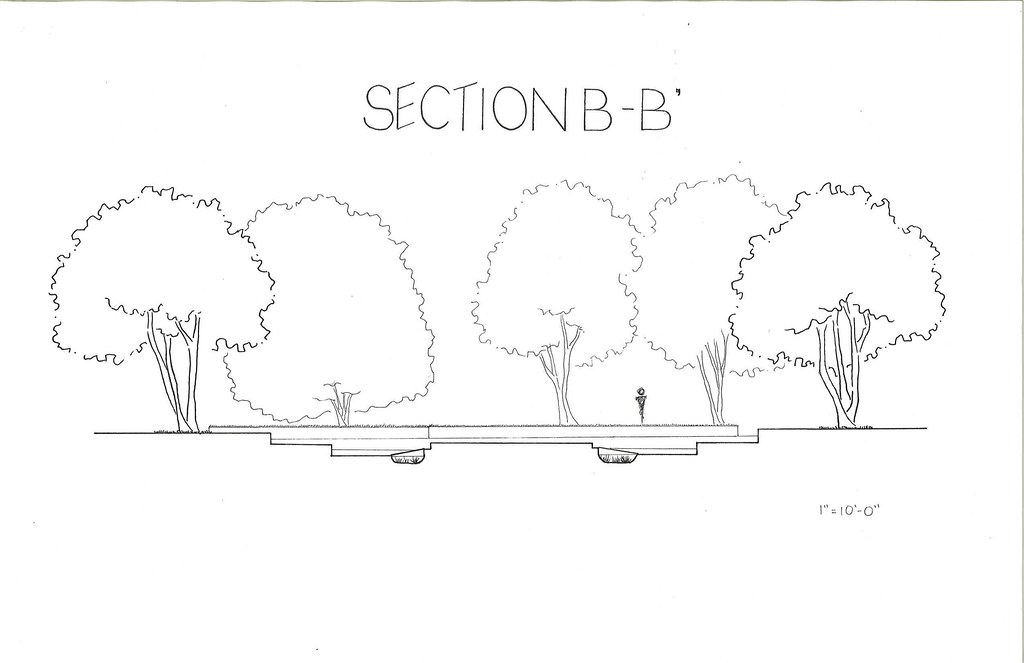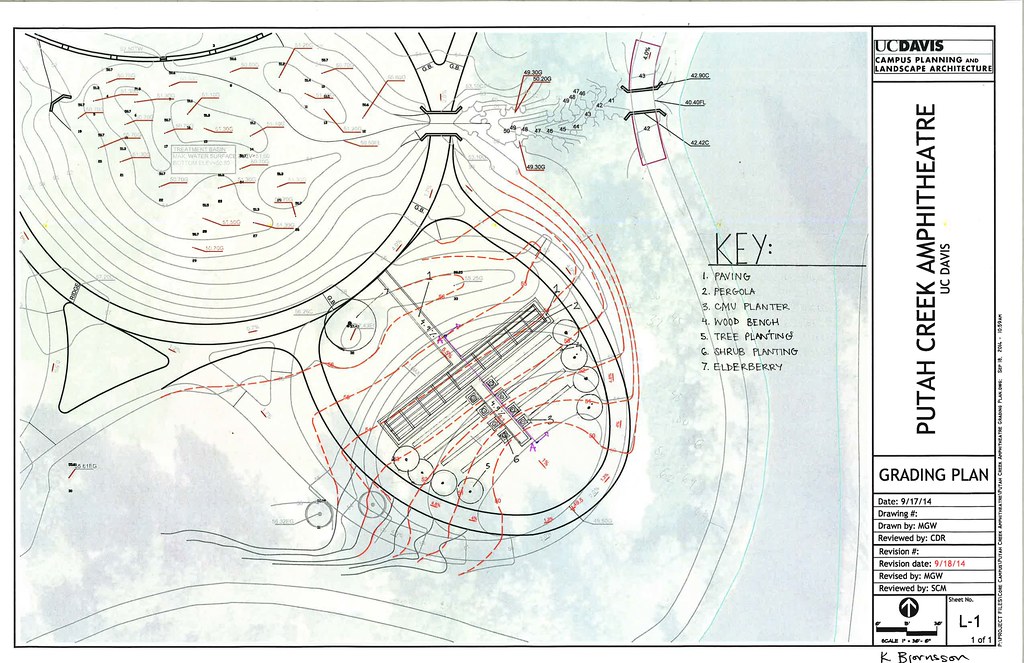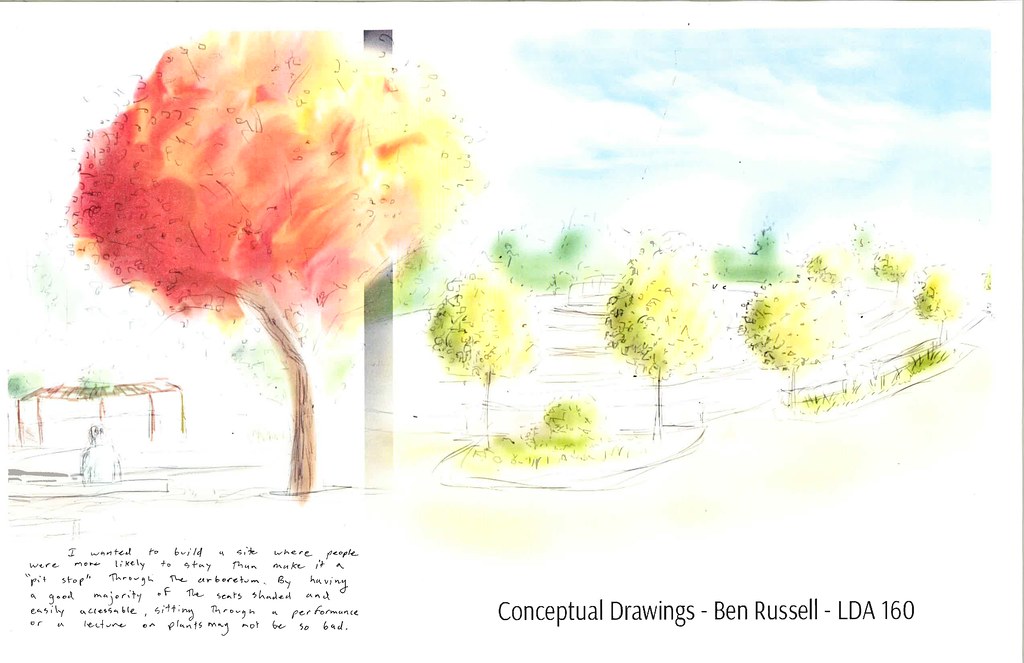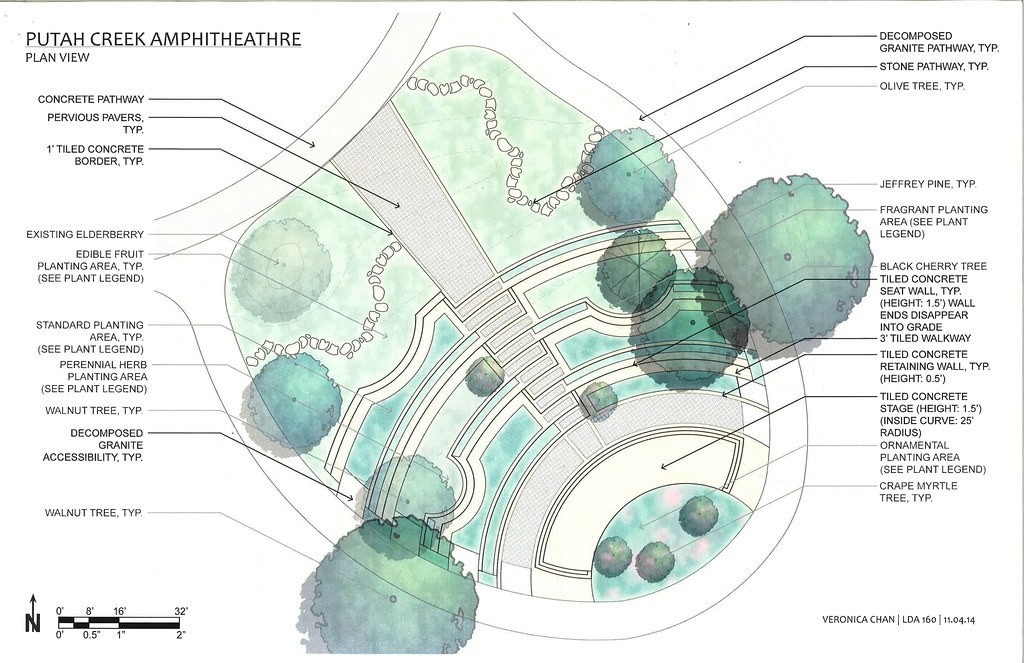Architecture is more than just buildings; it is the art of conceptualizing buildings that shape our cities and communities. From towering skyscrapers to quaint cottages, architecture plays a crucial role in defining our surroundings and influencing our everyday lives. In this blog post, we will delve into the world of architectural design and explore the process of conceptualizing buildings architecture. Whether you are a seasoned architect or simply curious about the built environment, join us on this journey as we unravel the intricacies of creating awe-inspiring structures that stand the test of time. Let's explore the magic of conceptualizing buildings architecture together.
Have you ever looked at a building and been awestruck by its beauty, or wondered how it was even constructed? If so, then you have already begun to appreciate the art and science of architecture. Architecture is the process of designing and constructing buildings and other structures. It is both an art and a science, as it requires both creativity and technical knowledge.
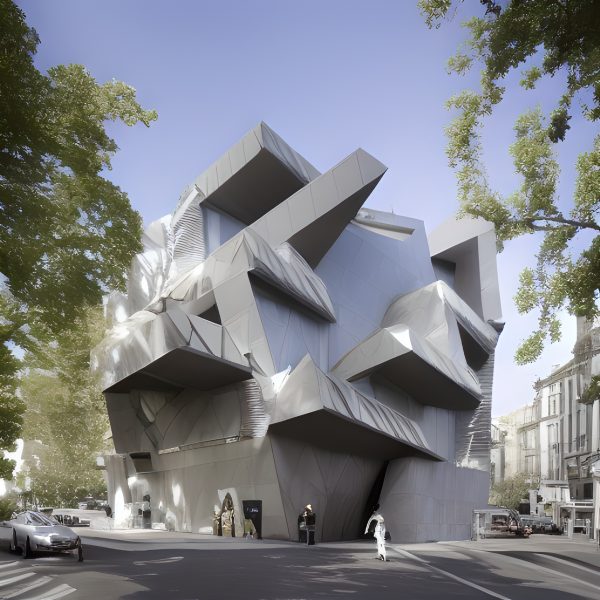
There are many different types of architecture, each with its own style and purpose. For example, residential architecture is focused on creating homes, while commercial architecture focuses on creating office buildings, malls, and other places of business. There are also many different subfields within architecture, such as landscape architecture, urban planning, interior design, and historic preservation.
No matter what type of architecture you are interested in, there are many ways to learn more about it. You can take classes at a school or university, read books or articles about it, or even visit architectural landmarks in person. The best way to learn about architecture is to experience it yourself!
Blog Body:
The History of Architecture
Architecture is a field with a long and rich history. It dates back to ancient times, when people first began constructing shelters to protect themselves from the elements. Over time, these shelters evolved into elaborate temples and dwellings that reflected the culture and values of the people who built them.
As civilizations developed and grew larger, so did their architectural wonders. The Ancient Egyptians erected massive pyramids as tombs for their Pharaohs; the Greeks built stunning marble temples to honor their gods; and the Romans constructed giant amphitheaters for entertainment and public speeches. These are just a few examples of the incredible achievements of early architects.
Today, we continue to be inspired by the architecture of the past while pushing boundaries to create new and innovative designs. Just as our ancestors did, we use architecture to reflect our values and shape our world. And just as they did, we will continue to be amazed by the possibilities of this fascinating field.
Throughout history, architecture has played a vital role in the development of society. It provides shelter from the elements and a place to live, work, eat, sleep, and play. But it also does so much more than that. Architecture can be used to express our identity as individuals or as groups; it can be used for political purposes or for religious ones; it can unite us or divide us; it can inspire hope or instill fear—the list goes on.
In short, architecture is essential to our existence as human beings. We depend on it for our survival, but we also use it to define who we are and who we want to be. It is an integral part of our lives—and our world would be unrecognizable without it.
If you have ever been curious about how buildings are designed or constructed; if you have ever looked at a building and been awestruck by its beauty; if you have ever wondered how architects turn ideas into reality; if you have ever wanted to shape the world around you—then architecture might be the field for you!
Architecture is a fascinating field that offers something for everyone. Whether you are interested in its history or its practical applications;whether you want to design skyscrapers or sustainable homes—there is a place for you in this field. So why not learn more about it? Pick up a book on architectural history or theory; take a stroll through your city and take note of the different styles of buildings; find an architect and ask him or her about their experiences—you might just find that you have a knack for this fascinating field!
If you found this introduction to architecture fascinating, you might be intrigued by the intricate process of designing engines. A great way to delve into the world of engine design is by following our ultimate step-by-step guide. From understanding the mechanics to optimizing performance, this comprehensive resource will equip you with the knowledge and skills to design your own engine masterpiece. So, unleash your inner architect and explore the fascinating realm of engine design here!

